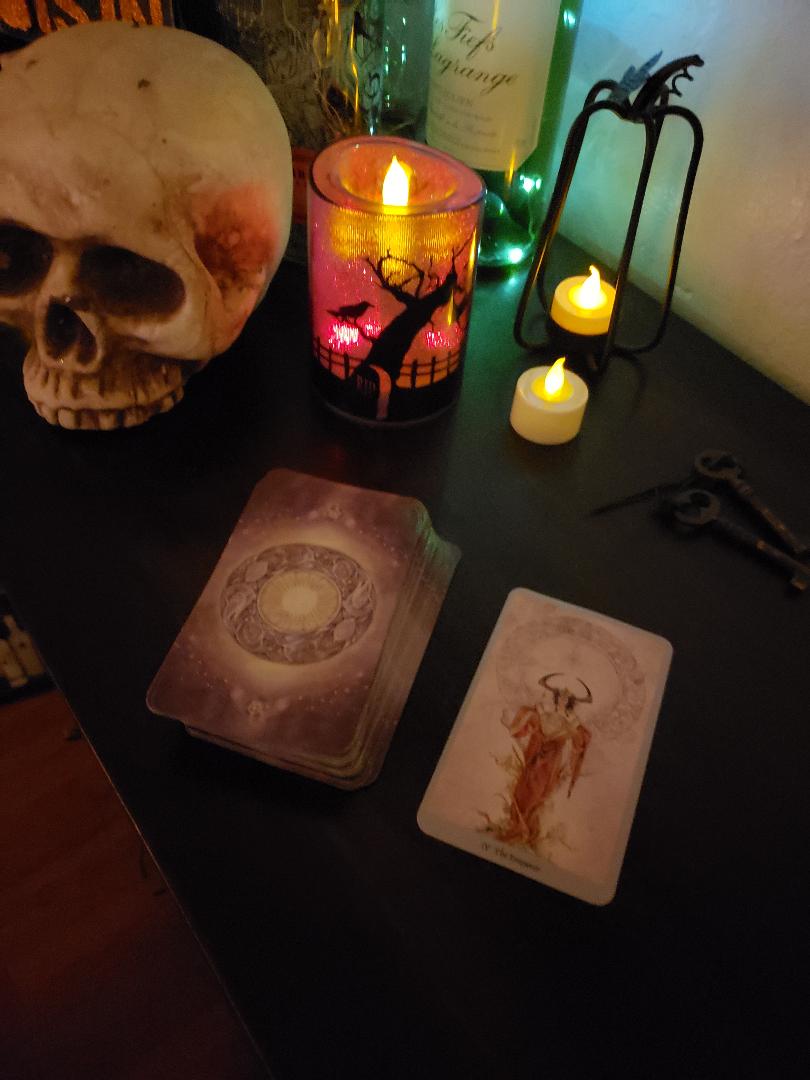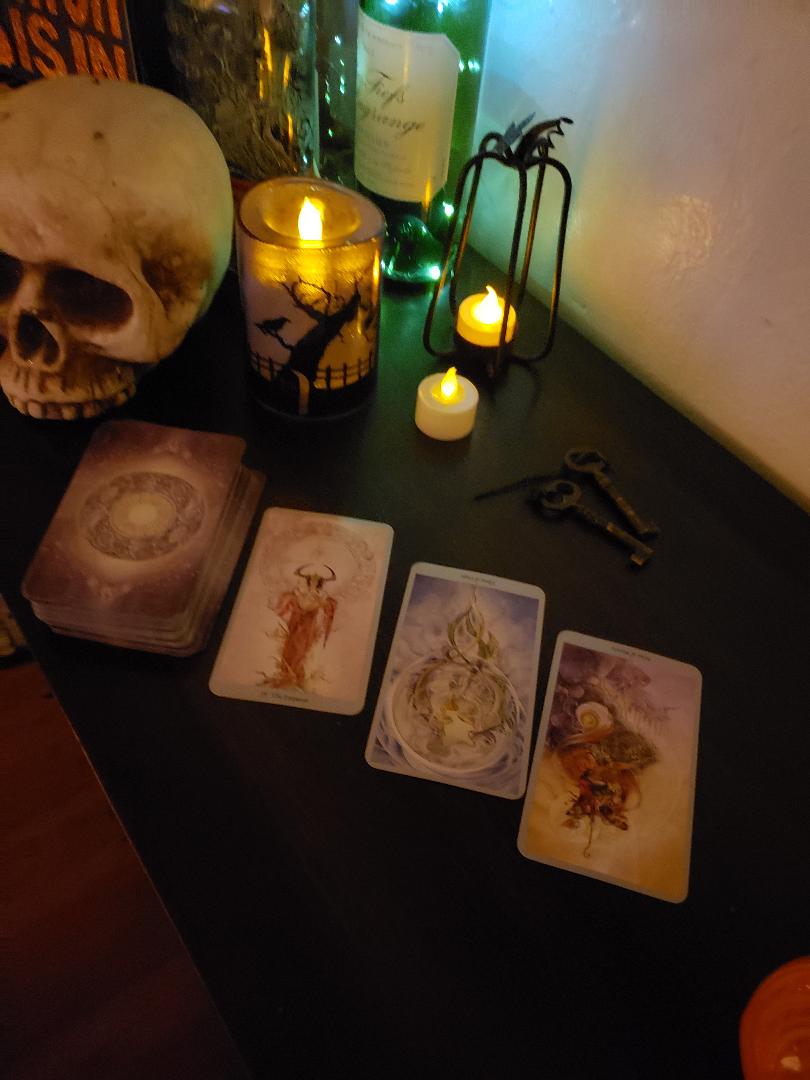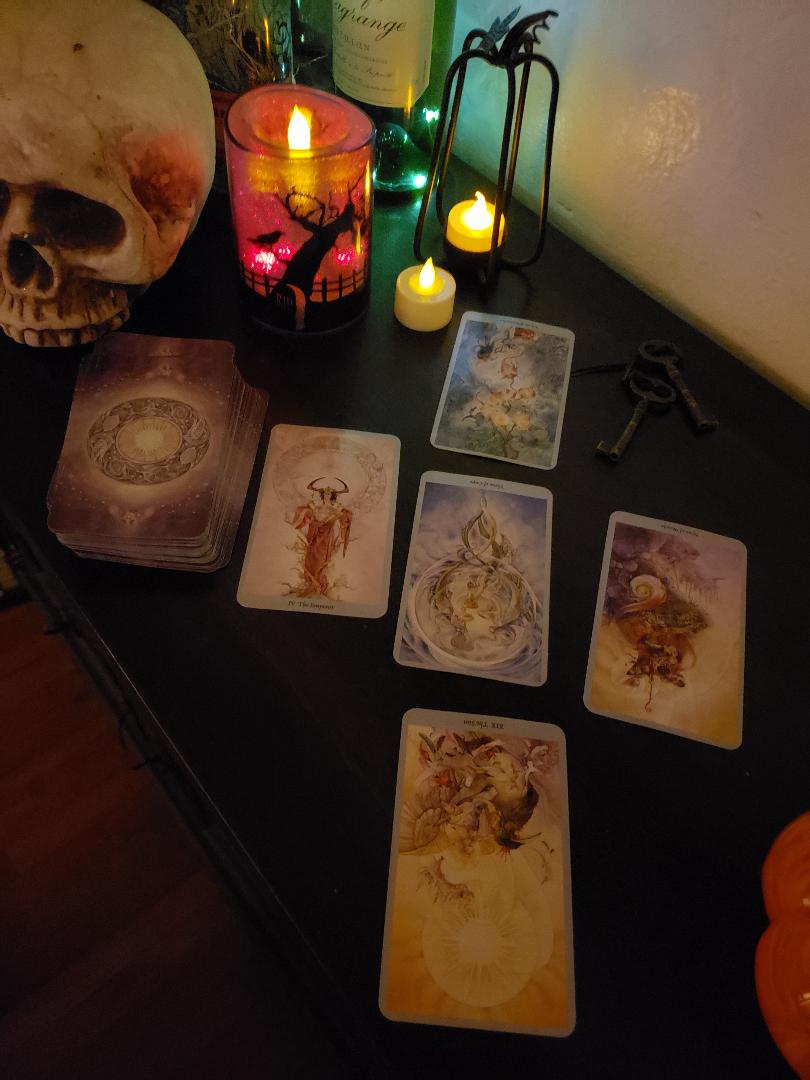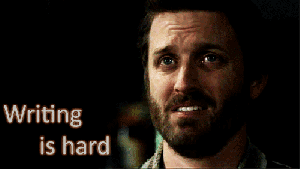
I’m excited to have the Halloween post for the first time in my Spellbound Scribes career! I’m not as into it as Shauna is, but for me it ushers in three very holy days: Samhain (Oct. 31), All Saints (Nov. 1) and All Souls (Nov. 2) I thought about talking about that but decided to go in a more literary direction instead.
Earlier this year I was on a panel about neo-gothic fiction at the Historical Novel Society Conference. I thought this was the perfect day to share some of my observations. I am planning a gothic novel, but it keeps getting pushed farther and farther down the priority list. But you will see it eventually.
Introduction
(Full disclosure: My friend, fellow panelist and fellow author Kris Waldherr wrote this introduction, but I like it so much I’m stealing it. The rest of the post is all me.)
The birth of the Gothic novel occurred alongside and in reaction to the industrial and scientific revolutions of the eighteenth and nineteenth centuries: Horace Walpole’s The Castle of Otranto, the book considered to be the first Gothic novel, was published in 1764; in 1818 Mary Shelley’s Frankenstein terrorized readers with its nightmare vision of science run amok. Over two hundred years later, the Gothic novel is enjoying a renewed popularity in historical fiction, aided in part by television shows and films such as “Penny Dreadful” and “Crimson Peak.”
What Makes a Novel “Gothic”
To me, Gothic always has—and always will—have its basis in death, as that is ultimate human fear. It is all about the “in-between:” life and death i.e. ghosts, automatons, even vampires and zombies; cursed and blessed: angels, demons, old churches and graveyards; fears, real and imagined: anxiety, hallucination and dreams.
But what sets it apart from similar genres like horror is a dark, haunted atmosphere. Gothic always takes place in the shadows. Whether it is a castle, a mansion or even a dark alleyway, it is a place where one’s sight is not clear and one’s mind is played with and preyed upon. If and author can’t build that kind of atmosphere, the rest of the novel will not succeed.
The author also must have the main character wrestle with a psychological torment of some kind, whether it comes in the form of an apparition or haunting or a question of sanity or something in between. That issue is usually related to the character’s life and/or political situation in some way. Class and politics were very big in classic Gothic novels, whereas neo-gothic tend to be more psychological and sometimes even spiritual.
What Makes Neo-gothic Novels Different from Traditional Gothic Novels
I touched on this a little above, but the biggest shift in my mind is the power of the heroine. She used to be a victim and passive, but in most neo-gothic books she is anything but. She may begin the story as subjugated, but finds her power through the course of the novel, which is very inspiring. I think feminism and a reaction to the current political climate has a lot to do with that.
I also think gothic novels have become subtler as their audience has grown more sophisticated. The Castle of Oronto was just bonkers in your face, to the point of seeming absurd to a modern reader. Now, gothic fiction preys so much more on our minds and subtle fears because we have been conditioned, both through the horrors we see on the news and the gore in horror films, not to react to the obvious as we once would have.
I also see neo-gothic as less overtly political, i.e. not so much about nobility and common man so much anymore as about the fears about and fighting against societal issues that go beyond class structure. I just read about a new sub-genre of Gothic literature called environmental Gothic or ecoGothic. Dates to about 2013 book called Ecogothic by William Hughes and Andrew Smith. It engages with the dark side of nature and our anxieties around climate change. Nature is an entity and a presence in and of itself, rather than just being a backdrop.
How Gothic Gives Women Writers and Their Female Protagonists a Voice
Spiritualism was one of the founding forces of gothic novels – more on that in the next section. It gave women a public voice for the first time, because it wasn’t them speaking; it was the “spirits” speaking through them.
Today we have much more freedom, but using the supernatural still gives us a chance to voice opinions and viewpoints we otherwise might not. For example, in the 60s and 70s, we had figures like Shirley Jackson and Angela Carter using their work to explore women’s issues for the first time. In the Haunting of Hill House, Elinor has always been a dutiful daughter and sister, but when she disobeys societal expectations to go to Hill House, she slowly loses her sanity and eventually, her life. Theo, on the other hand, who is the more subversive character, in that she never followed the rules – she is clearly a lesbian or bisexual – pays a bit through her pain of seeing what happens to Elinor, but emerges largely untouched. Because she never played by society’s rules, for her the price wasn’t as high.
How the Growth of Spiritualism in the Mid-nineteenth Century Ties into the Rise of the Gothic Novel
Gothic certainly existed before the rise of Spiritualism in the late 1860s and 1870s with Hawthorne, Poe and others, but I think Spiritualism took it out of the realm of fantasy for the average person and brought it much closer to home.
The timing of the rise of Spiritualism was two-pronged issue:
- The Civil War had left so many dead and the living were desperate to be in touch with them.
- New inventions like telegraphs and unseen electric waves made people wonder if we could communicate invisibly on this plane, why not on another?
Between the emphasis on mourning and death from the war and this tantalizing new technology came a new religious movement where gifted individuals could communicate with the dead. It is very interesting to me that scientists were among the most fervent Spiritualists, whereas today we tend to think of science and faith as needing to be divorced from one another. James Prescott Joule, Michael Faraday, and William Thomson, whose research created scientific advancements such as the Laws of Thermodynamics, the creation of “electric current from a magnetic field,” and the “foundations of modern physics” respectively. What used to be considered superstition was now possibly scientific fact.
I think Spiritualism, in putting the otherworld within reach—all one needed was a medium or someone at least willing to hold a séance or work with a planchette—opened minds to Gothic fiction. It also came at a time when organized religion, especially the Roman Catholic Church, was beginning to really feel a lost from the Enlightenment and the emergence of agnostics and atheists on a larger scale than ever before. Even these people could embrace Spiritualism if they so desired.
The Relationship Between Psychology and Gothic Novels
I think Gothic novels are highly psychological, especially from WWI on.
I actually HATE Freud, but I could talk about his theory of the Uncanny for hours. The Uncanny is anything that gives you that creepy feeling that something isn’t quite right, a type of anxiety and uncertainty. It arises when the boundary between fantasy and reality is blurred, when we are faced with the reality of something that we have until now considered imaginary.
Freud believes that the feeling of the “Uncanny” has its origin in something that was once familiar and well-known that has long been forgotten. He basis it in primitive man’s feelings on God and death, feelings we have repressed in modern society.
There are two main ways the Uncanny manifests:
- The double or doppelganger. Freud believes this comes from when primitive man believed in an animistic form of religion in which everything had a spirit. He made images of himself (think Egyptian sarcophagi) as an attempt and immortality; but then those images became reminders of his of mortality, and thus engendered fear. Examples:
- In Angela Carter’s The Bloody Chamber, the main character is often seen playing the piano under a portrait of St. Cecilia who also plays the piano, and was a martyr, which seems to be the death the main character is heading toward.
- Twins in every horror movie. Ever.
- Mirror images, shadows, ghosts and guardian spirits—even our own conscience.
- Things that are not quite living, but not quite inanimate either, such as dolls, automations, and wax figures.
- Repetition. Freud believes this comes from an infantile compulsion to repeat, which dominates the unconscious mind. We are helpless to stop it and therefore it creates anxiety. One example is seeing the same number everywhere and taking it as an omen. This is also why The Raven’s “tap, tap, tapping” and “rap, rap, rapping” gives us the chills.
Freud also mentions severed limbs (which he says come from a castration complex, especially the eyes), wish-fulfillment, the evil eye, and madness as forms of the Uncanny.
Freud says the uncanny can’t happen in fairy tales or other forms of fantasy because we already know anything can happen in them. He believes that the uncanny happens the most often in stories where reality is interrupted by some form of fantasy and where the reader highly identifies with the place and point of view character. In that way, the reader can feel the uncanny event as though it is happening to them.
Why All Things Gothic Endure
I think humans will always have an attachment to the Gothic because we are always going to need a safe space in which to work out our fears, especially the deepest and darkest of them. It is part of human nature to want to question and explore the “unexplainable.” It’s also human nature to like to be scared; it’s a way to have a brush with danger and death without the consequences.
The Best Gothic Authors Today
- Carol Goodman (aka Juliet Dark)
- Ruth Ware
- Diane Setterfield
- Kate Morton
- Libbra Bray
Happy Halloween, everyone! And Blessed Samhain, All Saints and All Souls, if you celebrate any of those holy days.










